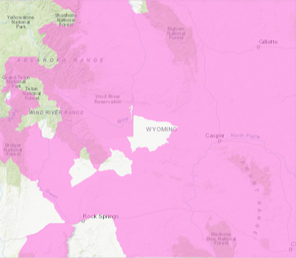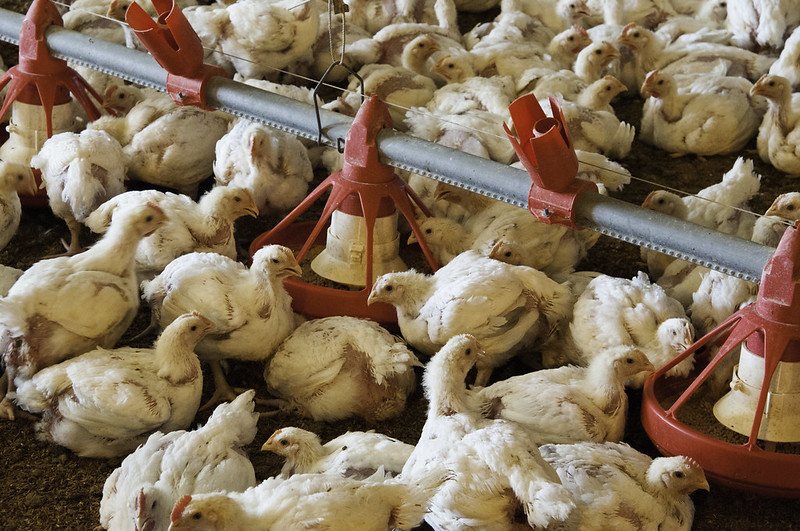
New research from the University of Michigan shows that patients with sickle-cell disease completed the initial COVID-19 vaccination series at just over half the rate of others, despite the former group being more at risk for severe outcomes with COVID-19.
The study, published this week in JAMA Network Open, is based on vaccine data recorded by the Michigan Sickle Cell Data Collection Program (MiSCDC). A total of 3,424 people in Michigan over age 5 with sickle-cell disease were compared to 9.4 million Michiganders over age 5 without the disease.
Only a third with sickle cell fully vaccinated
By August 2022, only 33.5% of Michiganders with sickle-cell disease had gotten the primary series of COVID-19 vaccines, compared with 61% of the Michiganders without the disease. Seventeen percent of children ages 5 to 11 with sickle-cell disease had been vaccinated, compared with 25% of their counterparts. Among 12- to 17-year-olds, the numbers were 31% and 41%, respectively.
It is essential to develop targeted interventions to increase COVID-19 vaccination among people with sickle cell disease.
Among those 65 and older, 74% of those with sickle-cell disease were vaccinated, compared to 87% for the general population. However, only 110 study participants with sickle-cell disease were in that age-group.
"It is essential to develop targeted interventions to increase COVID-19 vaccination among people with sickle cell disease," says MiSCDC principal investigator Sarah Reeves, PhD, in a press release on the findings. "This population is chronically underserved in healthcare and society, emphasizing the importance of increasing the accessibility and acceptability of these vaccines."













